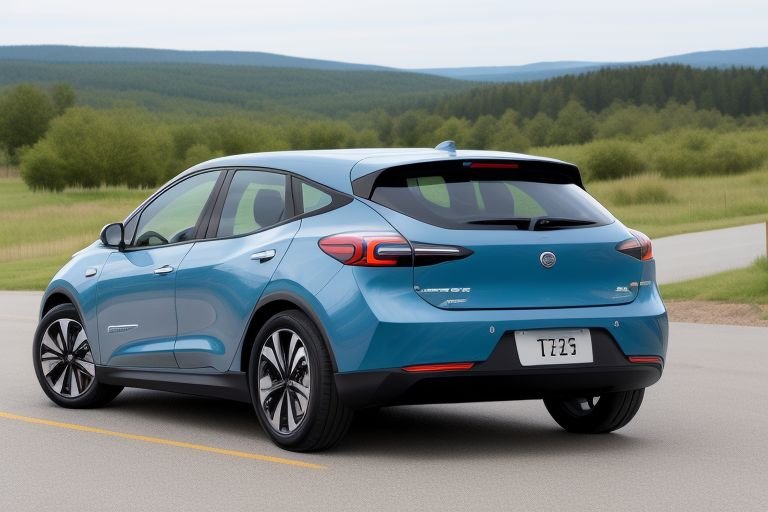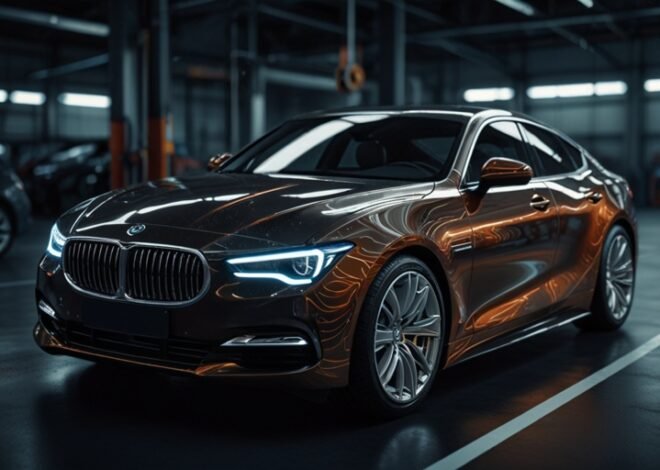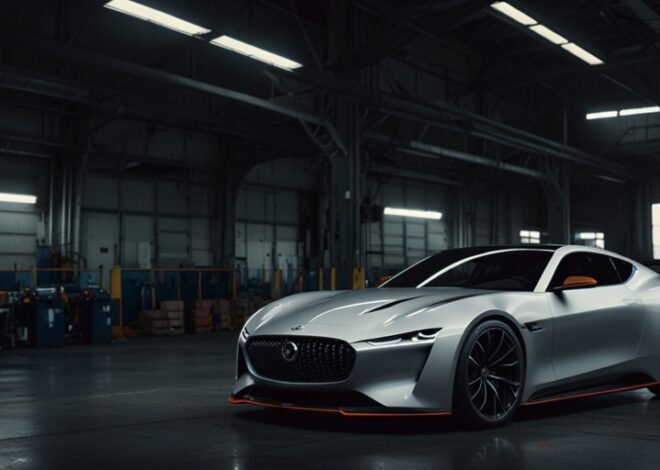
Electric Vehicle Sales Surge As Gas Prices Climb
For the first time, electric vehicle sales have claimed more than 15 percent of new car purchases in the United States. When asked what is driving the surge, it’s a combination of higher gas prices, better EV technology and expansion of charging infrastructure, says industry analysts.
According to the latest data from Cox Automotive, EV sales surged 42 percent over the same period last year. The auto market grew 5 percent, but this was just outpaced by this growth. Tesla’s grip on the EV market is still strong with the company still holding a whopping 58% share, however as legacy automakers are rolling out more electric models, they’re beginning to close in increasingly fast.
One particular success storey has been Ford’s F-150 Lightning electric pickup truck, with demand drastically outstripping supply. The automaker said it planned to double the Lightning’s production capacity after a 200,000-plus backlog of reservations. For example, both General Motors and Ford have received strong interest for their new Chevrolet Silverado EV, which is due to hit dealerships early next year.
A big driver in the recent EV adoption has also been the recent spike in gas prices. The national average for regular gasoline is near $4.50 per gallon as many consumers seek protection from volatile costs through electric vehicles. According to a recent survey from Kelley Blue Book, 65 percent of prospective car buyers are factoring an EV purchase in large part because they may be able to save money at the pump.
Ev sales also surges on improvements in battery technology. The electric vehicles of today run for a very long range – many can travel over 300 miles on a single charge. The good news is that charging times have also improved, with some new models capable of providing up to 200 miles of range in 15 minutes, when using the high power DC fast chargers.
Much of the growth of public charging infrastructure has prevented range anxiety, one of the largest EV adoption barriers. There are now over 100,000 public charging stations across the country, and the U.S. Department of Energy says that number has soared by 25 percent from just last year. Partnerships with charging networks have also been formed by major automakers to allow their customers to move seamlessly to the charging points at their disposal.
But difficulties remain for the EV industry. Despite it, supply chain issues remain a roadblock, and semiconductor shortages are one of the most painful problems. For many, this has meant long wait times for popular EV models, somewhat frustrating buyers. And the potential long term savings on fuel and maintenance doesn’t change the fact that the costs for electric vehicles are higher upfront than gasoline powered vehicles for some consumers.
Electric vehicles are also spawning ripple effects throughout the automotive industry as a shift takes place. Auto parts suppliers also traditionally have been pivoting to develop components for EVs, and, at least one, has a separate investment arm that is backed by oil companies like BP and Royal Dutch Shell, which are devoting huge sums to creating the necessary charging infrastructure to diversify their businesses. Automakers and their partners also are retraining workers to make electric powertrains and battery systems.
While the EV market is growing, policymakers have their hands full thinking about how to update regulations and infrastructure for that transition. Biden administration has set a goal of powering half of new vehicle sales with electric vehicles by 2030, and is calling for big investments in charging infrastructure as part of a broader climate agenda. And that includes California and New York, which have announced plans to phase out sales of new gasoline-powered vehicles altogether by 2035.
Along with the rapid growth of the EV market, there are new entrants to the automotive industry too. A number of electric vehicle startups backed by megadeals in venture capital funding are coming up with creative ideas on how to design and make their cars. Largely thanks to these newcomers, established automakers are putting pressure to speed up their electrification and rethink old business models.
Now that we’ve hit the early stages of an electric vehicle stage, many have made the prediction that in the next few years, they will no longer be a niche product, but instead join the ranks of mainstream automobiles. As technology keeps improving, the infrastructure become more extensive, and policy friendly; it’s hard to imagine that no move is being made to electrify. There are going to be even more dramatic changes to how we think and interact with personal transportation in the coming years.


